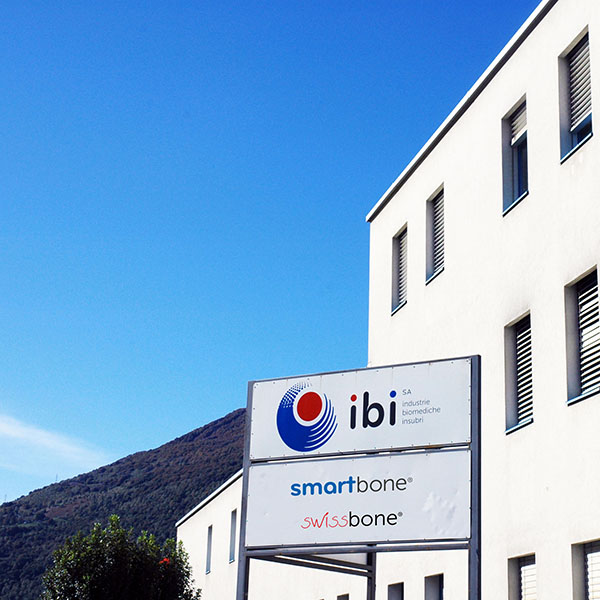CLOSE


I am a chemist and a DDS with a PhD in molecular biology. I have been working with biomaterials and bone and tooth regeneration for 30 years, both at universities and in the biotech industry. Currently I hold a professorship in biomaterials at the University of Oslo, Norway. My research activities focus on jawbone regeneration, both in advanced experimental models and in the clinic, and I particularly enjoy engaging in multidisciplinary projects with potential for innovation and clinical gain.
I was first told about SmartBone when participating in a EU project where IBI was a partner. During this project I learned much about the material and got to test it out in our experimental models. To me, SmartBone had very interesting properties that made it an interesting base for further development of the next generation of bioactive materials that we were aiming to develop.
The peptide is an artificial “ideal” sequence based on a chain of amino acids that is common to several key proteins involved in tooth and bone formation. The peptide sequence is conserved between these proteins and, in fact, can also be found in all vertebrate species, suggesting key roles in hard tissue development growth and mineralization. Interestingly, the amino acid composition is not the same all over, but rather the sequence of amino acids with similar properties, giving the peptide a distinct secondary structure that can bind to wide array of receptors and cells.
The peptide has a built flexibility that allows it to adapt and bind to key structures like cell surface receptors and other signal transducers. The peptide is particularly good at promoting growth of connective tissue cells and induces signal pathways that recruit and activate stem-cells, promote bone healing, and participate in maturation of bone cells and calcification of the bone matrix. In this manner, the peptide act as a connective tissue extracellular matrix component the orchestrate healing and regrowth of bone, but also works in ligament and dermal healing. In fact, the peptide act as a master key, promoting healing and regrowth of the tissues. The outcome of the process depends not on the peptide “key” itself, but rather how the recipient cell is “wired” to respond. Thus, one can say that the peptide has a “one-key-to-many-doors” capability, including opening the door to bone regeneration.
The EU Eurostars! program aims at financing interdisciplinary projects between small industrial players with synergistic technologies and products. It also has space for academic partners making it a superb way for industry and academia to interact to develop new, innovative approaches to solve societal challenges and overcome technological hurdles that the companies cannot overcome alone. I have participated in several Eurostars! projects, but the one with IBI on developing SmartBonePep has been amongst the most fruitful ones, both in terms of publications and innovation and in networking between partners and subcontractors.

IBI SA
Industrie Biomediche Insubri SA
via Cantonale 67, CH-6805 Mezzovico-Vira, Switzerland
t. +41 91 93.06.640
f. +41 91 220.70.00